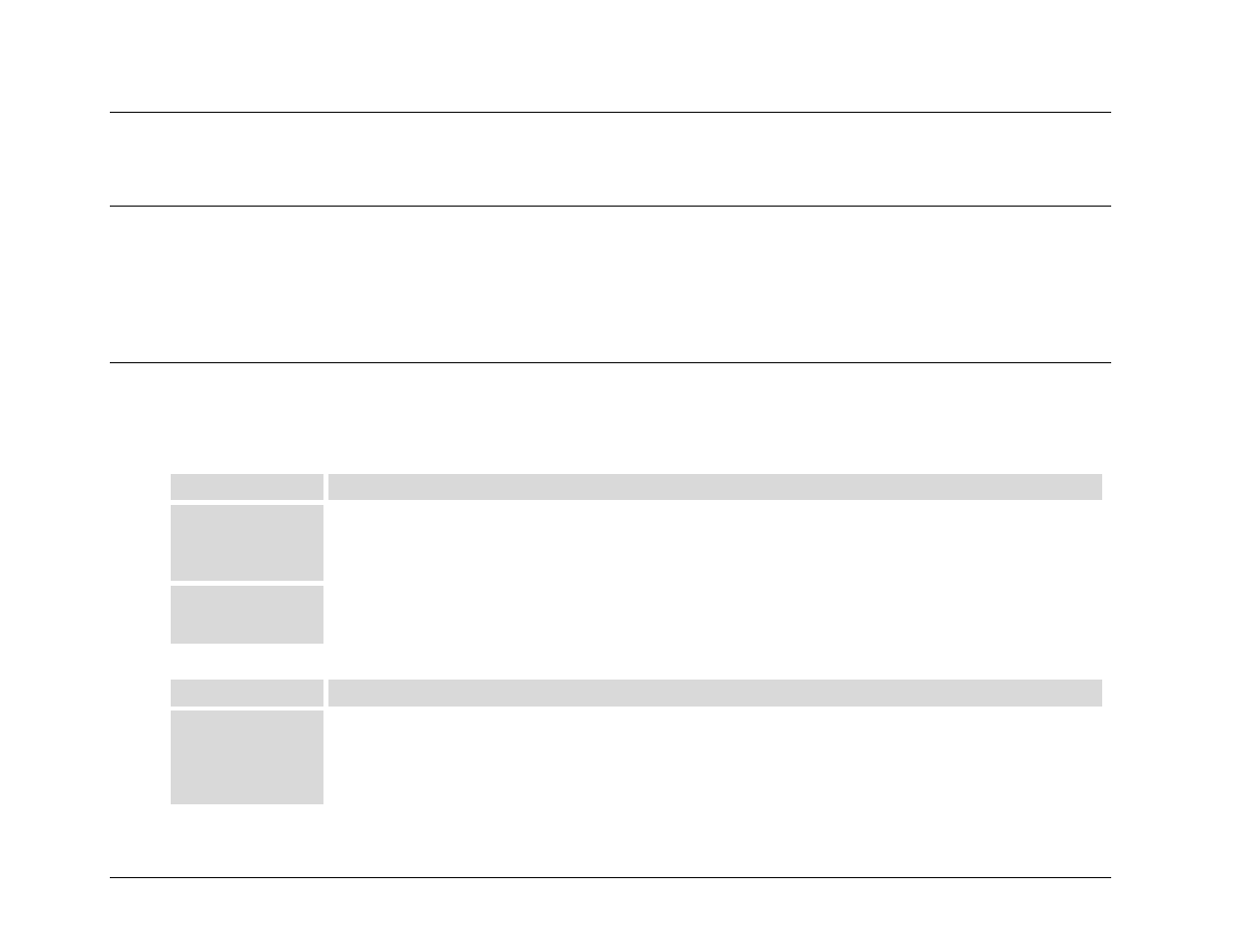3 address delimiter, 4 instruction code, 5 instruction code qualifier – Comtech EF Data CDM-750 User Manual
Page 185

CDM-750 Advanced High-Speed Trunking Modem
Revision 2
Serial-based Remote Product Management
MN-CDM750
7–5
7.4.2.3 Address Delimiter
This is the “forward slash” character '/ ' (ASCII code 47).
7.4.2.4 Instruction Code
This is a three‐character alphabetic sequence that identifies the message subject. Only uppercase alphabetic characters may be used
(‘A’ to ‘Z’, ASCII codes 65 ‐ 90). Wherever possible, each instruction code is named to serve as a mnemonic for its intended operation –
e.g., TFQ for Transmit Frequency, RMD for Receive Modulation Type, etc. This aids in the readability of the message, should it be
displayed in its raw ASCII form.
7.4.2.5 Instruction Code Qualifier
This is a single character that further qualifies the preceding instruction code. Code Qualifiers obey the following rules:
Controller‐to‐Target, the only permitted characters are:
Character
Definition
=
(ASCII code 61)
This character is used as the Assignment Operator (AO). It establishes that the Instruction Code that precedes it is to be used as a
command to assign or configure operation. The instruction set that follows serves to assign the Target’s new parameter setting or
operational value. For example: In a message from Controller-to-Target, TFQ=0070.0000 means “set the Transmit frequency to 70
MHz.”
?
(ASCII code 63)
This character is used as the Query Operator (QO). It establishes that the Instruction Code that precedes it is to be used as a query
that returns the Target’s current configured parameter setting or operational value. For example: From Controller-to-Target, TFQ?
means “what is the current value of the transmit frequency?”.
Target‐to‐Controller, the only permitted characters are:
Character
Definition
=
(ASCII code 61)
This character is used in two ways:
a. If the Controller sends a query to the Target. For example: TFQ? (meaning “what is the current value of the transmit
frequency?”) – the Target responds with TFQ=xxxx.xxxx, the value for that queried parameter.
b. If the Controller sends an instruction to set a parameter to a particular value, and the value sent is valid, the Target
acknowledges the message and responds with TFQ= (with no message arguments).
